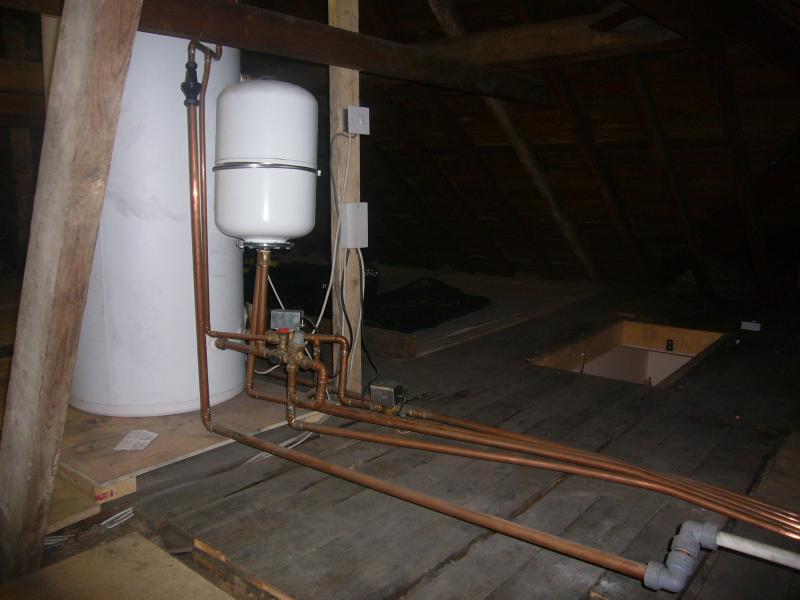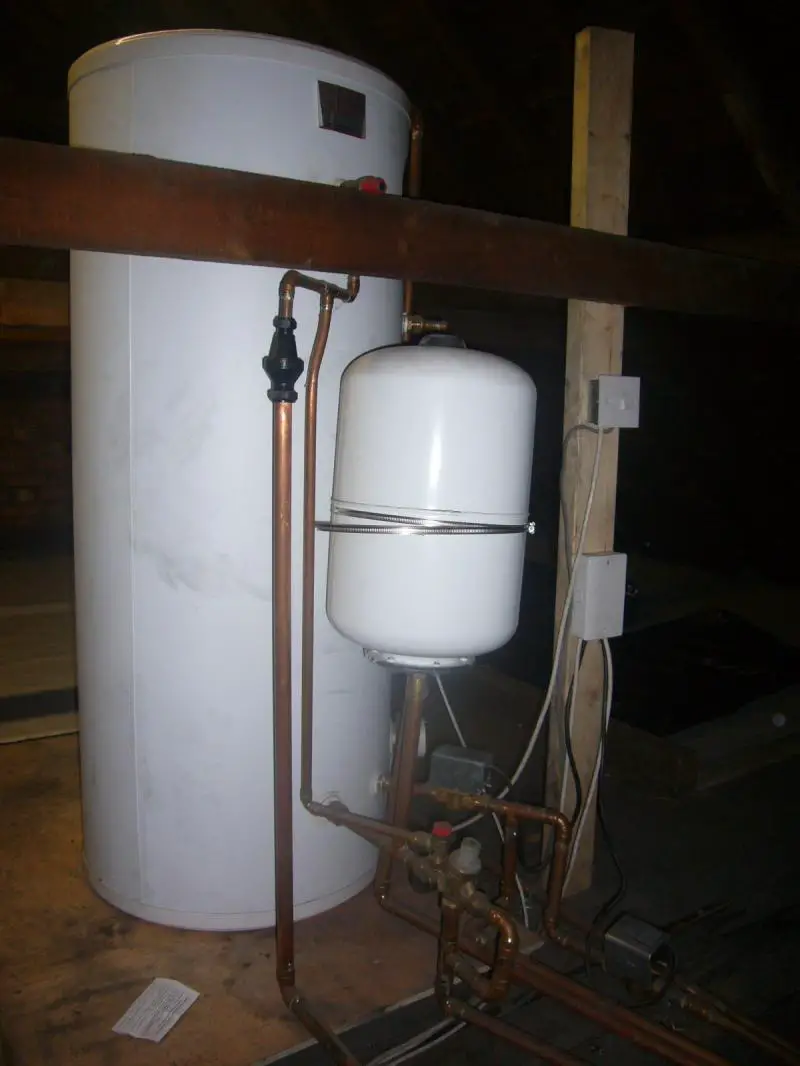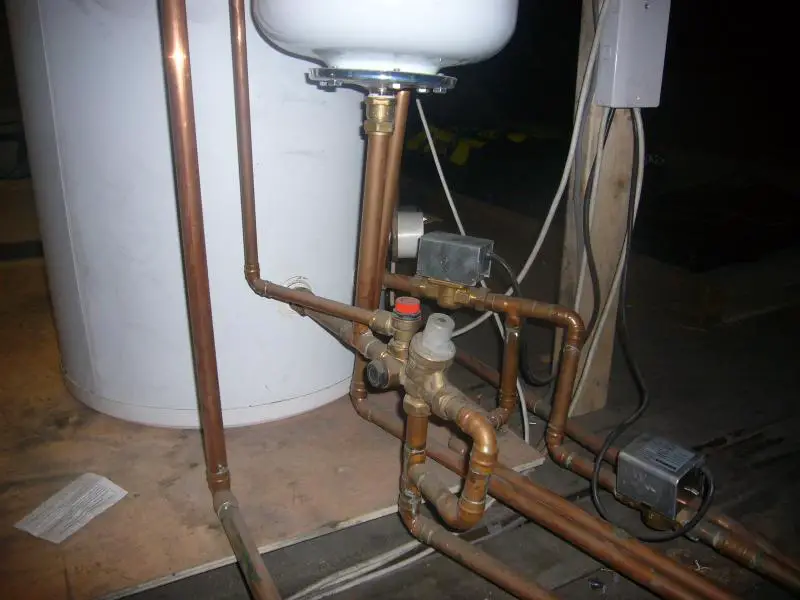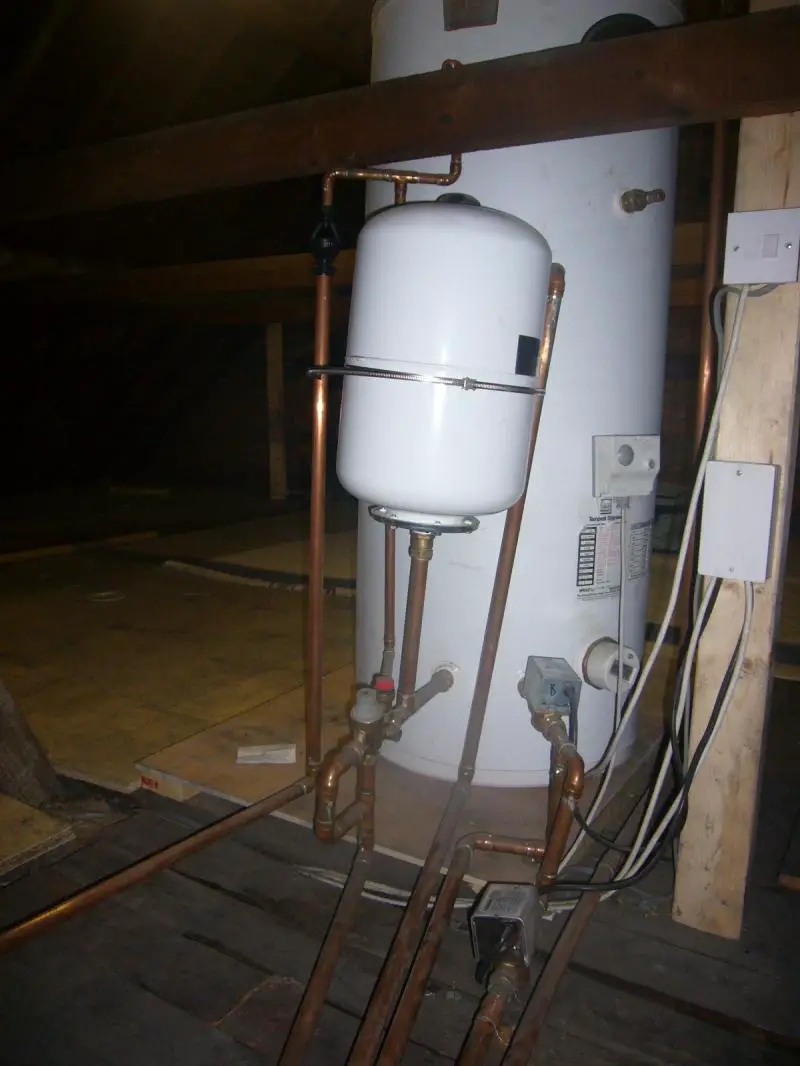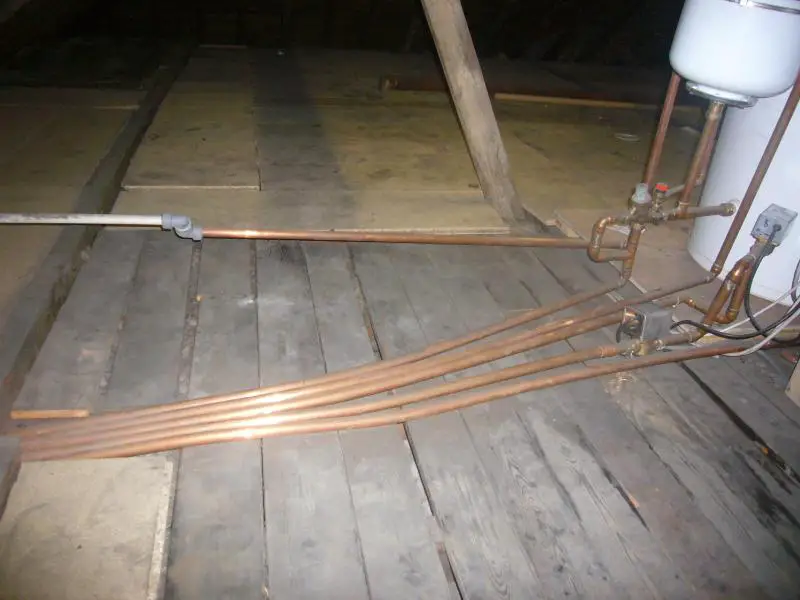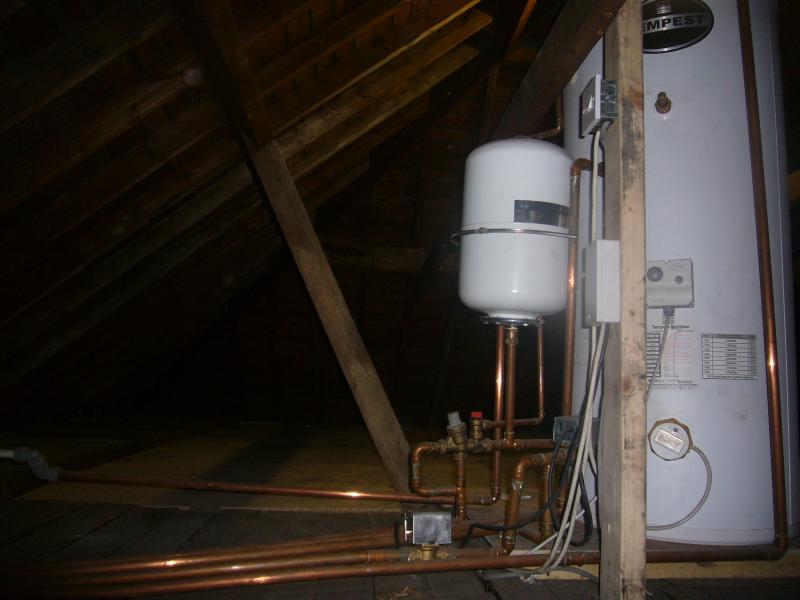I've emailed a chap who's been a Gas service engineer for over 30 years to ask him to have a look at my pics and comment. Please see his response below - is he being over-dramatic?
Put quite simply, without seeing more.... that has got to be one of the worst examples we've ever seen....! There are SO MANY defects, and accompanied by such an appalling standard of work, the whole installation is an absolute disaster... I may even put your pctures up on the website on the SOS page............... Myself and my colleagues at the college, are amused and shocked by the photos you've supplied. Do you mind if we use them for teaching purposes? (I have to ask).
I really don't know what to suggest, other than, ripping the whole lot out, and starting again.
Really sorry for not being more positive, but I really can't suggest anything else, judging by what we've seen.
We've got a list of faults that fill up a sheet of A4 already... the things you need to worry about are:
1. Having half a metric tonne of water balancing on a sheet of 10mm board, with no support! ( hope you've got good buildings insurance)
2. Discharge pipework unable to discharge correctly
3. Discharge pipework fitted with incorrect materials (unable to contain super heated steam/vapour)
4. Possible bridging out of safety thermostats on cylinder (cable running somewhere other than control centre) get the system wiring checked!
Basically, the installation contravenes: Building Regulations. Water Regulations. Gas Safety Regulations. Electrical Regulations.
My colleague suggested calling in Building Control officers to inspect, and possibly pursue the installer.
My other concern, is that a Gas Safe installer has connected a new boiler to this installation, which leaves doubts as to the quality of that installation also!


